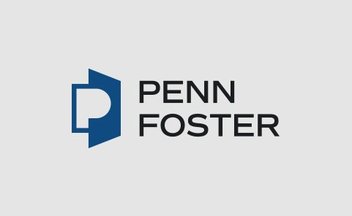What does a typical wildlife and forestry conservation job description look like?
There are a variety of jobs available for those who have studied wildlife and forestry conservation, so job descriptions can vary from position to position. However, all jobs in wildlife and forestry conservation have certain details in common. Most job descriptions will require you to work outdoors often, so a love of nature is a must. Workers in these roles should also be passionate about protecting and conserving the environment, especially plants and wildlife.
What is the average wildlife and forestry conservation salary?
The average salary for someone working in wildlife and forestry conservation can vary based on location, experience, and the type of role you work in. However, an entry-level worker in wildlife and forestry can expect to earn an average starting salary of $33,940 per year.*
How do I get involved in wildlife and forestry?
In order to help prepare for a job in the forestry and wildlife field, it's best to receive relevant education and experience. In addition to your studies, you may also want to consider volunteering or career shadow through different local forestry and wildlife organizations.
What should I expect from a forestry degree program?
A career diploma in wildlife/forestry conservation should cover wildlife management classes, park management classes, field safety, and wildlife law enforcement.
What can I do with a degree in wildlife and forestry conservation?
Once you've earned your degree, you can take the next steps toward a career in a variety of related positions in different environments, including:
- Local, state, or federal parks services.
- Fish hatcheries.
- State Game Commissions.
- Conservation groups.
- And wildlife rescue centers.
What is the importance of environmental conservation?
The need for environmental conservation is only increasing due to the focus on halting and reversing the negative impact of climate change. Workers within wildlife and forestry conservation play an active role in ensuring our world is safe for both people and animals.












